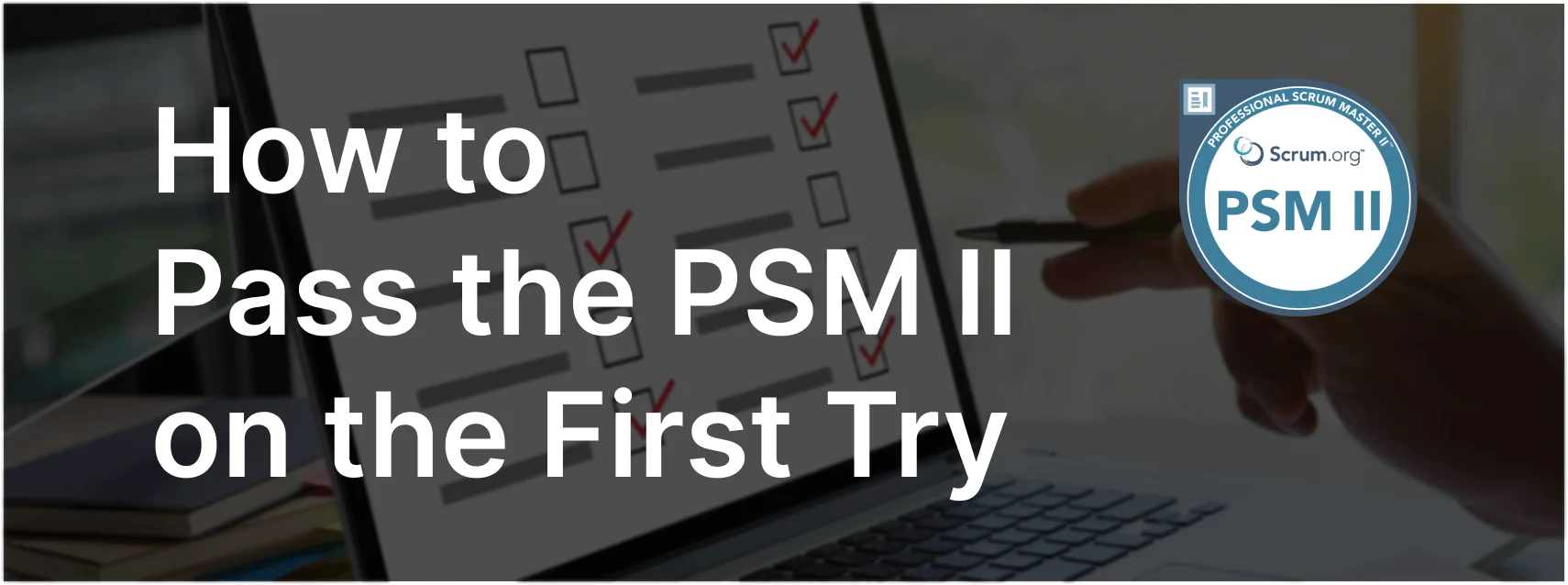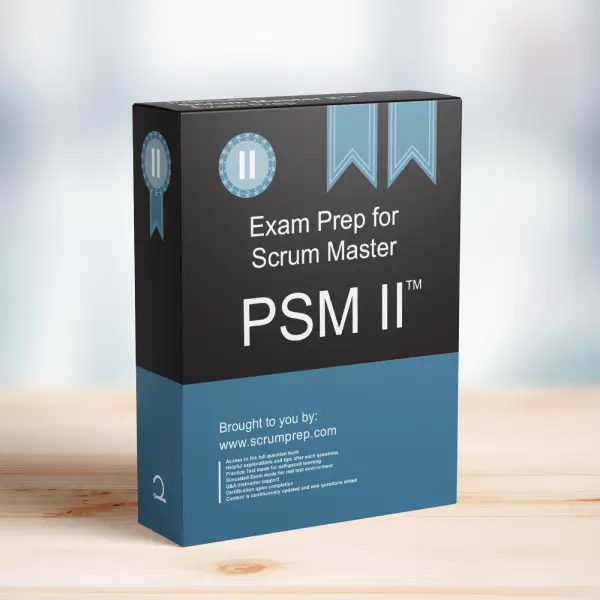Challenges in Crafting a Sprint Goal
Creating an effective Sprint Goal is essential for the success of a Scrum Team. This article explores a specific exam question about why a Scrum Team might struggle to craft a Sprint Goal, providing detailed explanations and insights relevant to the PSM II exam.
Exam Question
Your Scrum Team has been working together for over a dozen Sprints. The Scrum Team consists of 10 members. Each Sprint takes four weeks. As a Scrum Master, you observe that the Developers are hardly collaborating; during the Sprint, members are working on their own items. You also notice that the items on the Sprint Backlog are mostly unrelated. You suspect that the lack of a Sprint Goal might be the cause.
Although you have encouraged the use of a Sprint Goal, both the Product Owner and the Developers have concluded that they are unable to create Sprint Goals based on the wide variety of items on their Product Backlog.
What can explain why this Scrum Team is struggling to craft a Sprint Goal?
(choose all that apply)
- A. The Sprints are too long.
- B. The Product Owner does not have the mandate to make decisions about items on the Product Backlog nor their ordering.
- C. The Product Owner is not communicating the Product Goals that they want to achieve in upcoming Sprints.
- D. Scrum might not be the best framework for the work done by this team.
- E. The Scrum Team is too big.
Correct Answers
B. The Product Owner does not have the mandate to make decisions about items on the Product Backlog nor their ordering.
C. The Product Owner is not communicating the Product Goals that they want to achieve in upcoming Sprints.
D. Scrum might not be the best framework for the work done by this team.
Explanation
Correct Answers
B. The Product Owner does not have the mandate to make decisions about items on the Product Backlog nor their ordering: If the Product Owner lacks the authority to make decisions about the Product Backlog, it becomes challenging to prioritize work and establish a coherent Sprint Goal. Effective backlog management and ordering are crucial for aligning the team’s efforts towards common objectives.
C. The Product Owner is not communicating the Product Goals that they want to achieve in upcoming Sprints: Without clear communication of the Product Goals, the Scrum Team lacks direction and understanding of the priorities. This results in a disjointed Sprint Backlog with unrelated items, making it difficult to formulate a meaningful Sprint Goal.
D. Scrum might not be the best framework for the work done by this team: If the nature of the work does not align well with Scrum principles, such as requiring a lot of unrelated tasks or lacking a cohesive product vision, it may be challenging to use Scrum effectively. In such cases, another framework or methodology might be more suitable.
Incorrect Answers
A. The Sprints are too long: While shorter Sprints can provide more frequent opportunities for feedback and adjustment, the length of the Sprint alone is not typically the primary reason for struggling to create a Sprint Goal. The issues here are more related to team dynamics and backlog management.
E. The Scrum Team is too big: While team size can impact collaboration and communication, it is not the primary factor in this scenario. The main issues are related to the Product Owner’s authority, communication, and the suitability of Scrum for the work being done.
Responsibilities in Scrum
- Product Owner: The Product Owner is responsible for managing the Product Backlog, including the prioritization and communication of Product Goals. They must have the authority to make decisions about the backlog items and ensure that the team is aligned with the product vision.
- Scrum Master: The Scrum Master facilitates Scrum practices, helps resolve impediments, and coaches the team on effective collaboration and goal-setting. They ensure that the Scrum framework is followed and that the team continuously improves.
- Developers: Developers are responsible for delivering potentially shippable increments at the end of each Sprint. They collaborate to break down work items, create a cohesive Sprint Backlog, and work towards a common Sprint Goal.
Relevance to the PSM II Exam
Understanding the challenges in creating a Sprint Goal and the importance of effective backlog management, communication, and the suitability of Scrum is crucial for the PSM II exam. It demonstrates advanced knowledge of Scrum practices and the ability of the Scrum Master to guide the team in overcoming these challenges. Mastering this concept ensures that Scrum Masters can support their teams in delivering high-quality products and continuously improving.
Key Takeaways
- Effective backlog management and authority in decision-making are essential for creating a meaningful Sprint Goal.
- Clear communication of Product Goals is crucial for aligning the team’s efforts towards common objectives.
- Ensuring that Scrum is the right framework for the work being done is vital for effective implementation.
Conclusion
Creating a meaningful Sprint Goal requires effective backlog management, clear communication of Product Goals, and ensuring that Scrum is the right framework for the work being done. By addressing these factors, Scrum Teams can improve their collaboration and focus, leading to better outcomes. Understanding these principles is crucial for effective Scrum implementation and success in the PSM II exam. For comprehensive preparation and practice exams, check out PSM II Exam Prep to enhance your understanding and application of Scrum principles.



